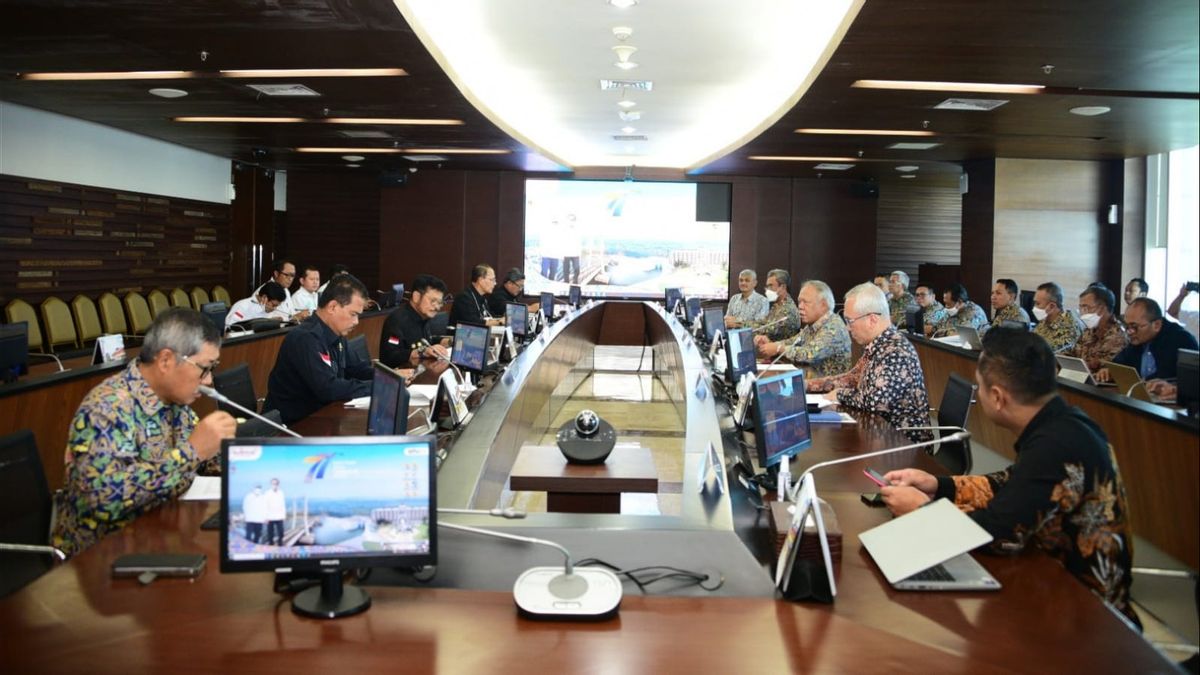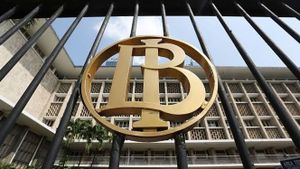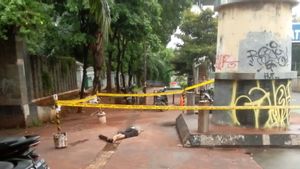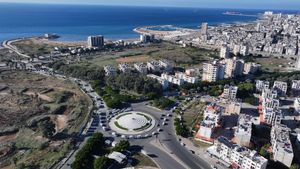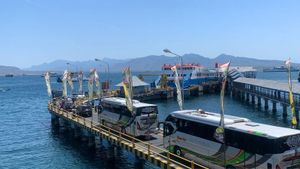JAKARTA - The Ministry of Public Works and Public Housing (PUPR) held a coordination meeting with the Ministry of Agriculture (Kementan) to support the development of food estate programs in a number of areas, which are expected to become new food barns outside Java, today.
During the meeting, PUPR Minister Basuki Hadimuljono said the meeting this time was aimed at aligning and coordinating the implementation of joint food estate development programs in several areas that had already begun.
"This food estate program is a joint program between several ministries and institutions," said Basuki in a written statement, Wednesday, April 5.
He said that currently his party has carried out infrastructure development to support the development of food estates in North Sumatra, Central Kalimantan, East Nusa Tenggara (NTT), and Papua.
"For North Sumatra in Humbang Hasundutan Regency, currently the raw water infrastructure (primary and secondary piping networks) is available for 1,000 ha land, which is ready to be planted with an area of 119 ha. Of the 119 ha, 41.8 ha of the land that has been utilized, among them are planted with shallots, garlic, chilies, cabbage, corn and potatoes, by the community," said Basuki.
In addition, Basuki said, land clearing has been carried out in the 72 ha Herbal Science and Technology Park (TSTH) area, as well as the construction of TSTH Facilities, such as research buildings, employee mess, screen house and regional infrastructure, with progress reaching 97.5 percent and a target of completion by the end of April 2023.
There is also the construction of a 14.3 km TSTH Access Road, an 8 km food estate access road, and two bridges.
"Then, food estate in Central Kalimantan. In 202, the government plans to develop a food estate of 43,000 ha. The Ministry of PUPR has supported the provision of infrastructure in the form of a swamp irrigation network in Block A covering an area of 43,000 ha," said the Minister of PUPR.
Furthermore, Basuki explained, the provision of irrigation network infrastructure, consisting of rehabilitation work and improvement of 2,195 km of swamp irrigation networks, construction of gates and bridges totaling 178 floodgate units and 60 box culvert units.
Then, the construction and rehabilitation of the DIR Sluice Gate for Phase 2 (SYC), in the form of the construction of 1 primary floodgate, construction of 4 tertiary floodgates, construction of 9 boxes of culverts, and rehabilitation of 3 primary floodgates.
"Meanwhile, for NTT, food estate development is found in Belu, Central Sumba, and East Sumba Regencies. In Belu Regency, the use of water from the Rotiklot Dam is 55 ha, the use of water from the Haliwen Dam is 20 ha, and from Haekrit Dam covering an area of 60 ha, there are also 23 locations for an area of 230 ha," he explained.
Meanwhile, in Central Sumba Regency, NTT, Minister Basuki said, an increase in the Lokojange Embung Irrigation Network has been carried out with a service area of 260 ha and groundwater utilization through the construction of wells.
"For East Sumba, the development of sorghum land is strongly supported by the availability of a lot of groundwater and active farmers, one of which is the Ministry of PUPR to build 4 drilling wells and 50 excavation well points to serve 389 ha community land in Patawang Village," he said.
Finally, for the food estate in Keerom, Papua, in the first phase, the Ministry of PUPR has started preparing a food estate on an ex- Palm land covering an area of 3,000 ha. "So far, 500 ha of ready-to-plant land has been processed, if this can be planted properly, then it will be continued, because the availability of water is very sufficient," he added.
Meanwhile, Minister of Agriculture Syahrul Yasin Limpo expressed his gratitude for the cooperation between the Ministry of PUPR and the Ministry of Agriculture for the development of food estates in a number of these areas.
"Maybe the irrigation system in the future should continue to be addressed. For water, we still hope for assistance from the Ministry of PUPR and we are ready to support it," he concluded.
The English, Chinese, Japanese, Arabic, and French versions are automatically generated by the AI. So there may still be inaccuracies in translating, please always see Indonesian as our main language. (system supported by DigitalSiber.id)
